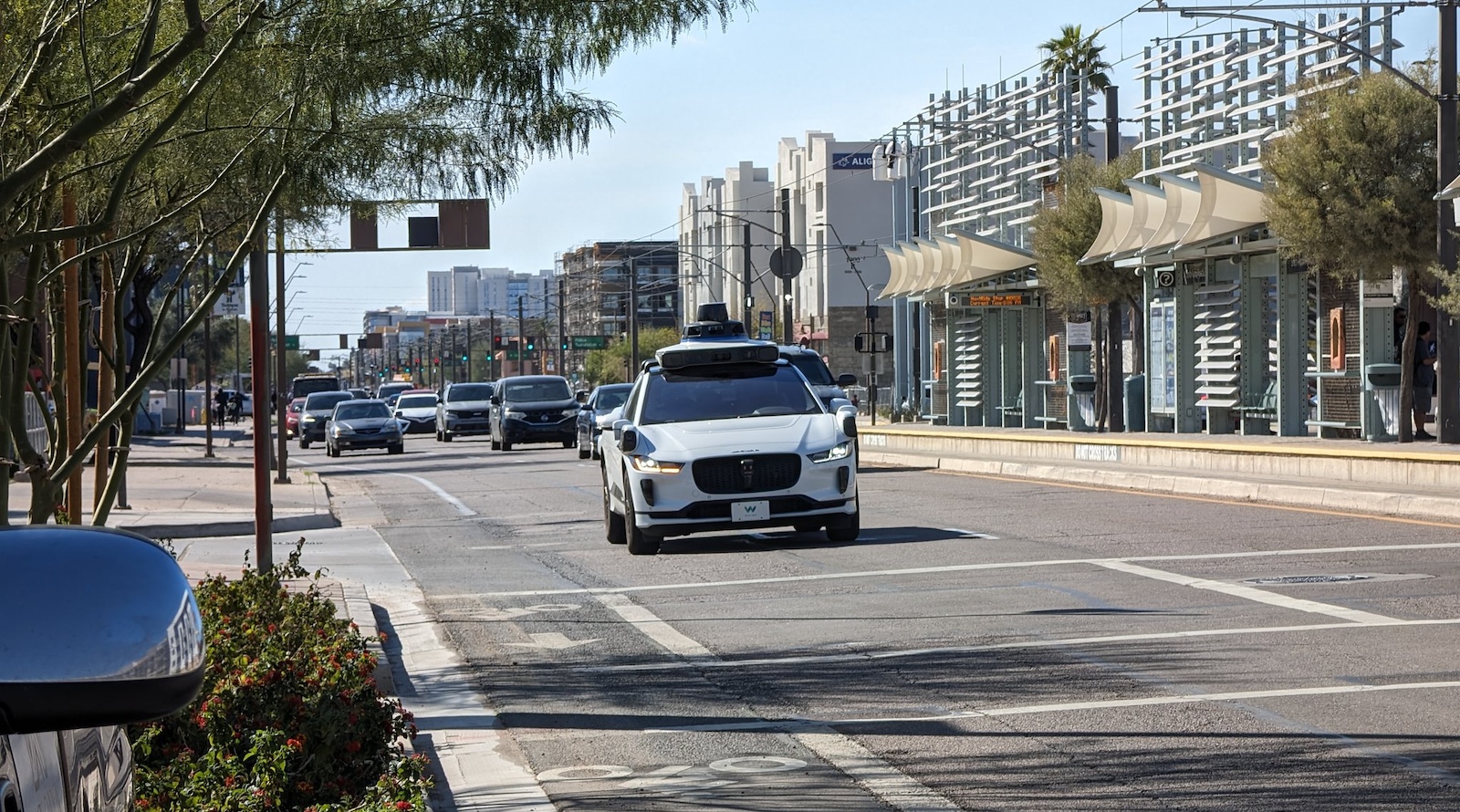While Uber, Lyft, and Waymo have been major brands for app-based taxi service for years, we actually don’t get a lot of broad information or insight on pricing, thanks to flexible demand-based, location-based pricing that is constantly changing. However, an app named Obi that aggregates real-time pricing from different ride-hailing and taxi providers has just published an analysis the company conducted on the different services’ pricing in San Francisco from March 25 to April 25, so we finally get some good data on this!
The findings are quite interesting. “Obi pulled nearly 90,000 ‘offer records’ from Waymo, Lyft’s ‘standard’ offering, and UberX in order to compare price and ETA,” TechCrunch reports. “It then compared ride requests from the same times and routes. Obi found Lyft offered the lowest average price at $14.44. Uber was next at $15.58. Waymo’s average price across the month’s worth of data was $20.43.” With such a big difference in price, one might think Waymo would be dead in the water. However, many people did use Waymo, of course. This seems to show the preference many people have for the peace and quite of a robotaxi compared to a human-driven one. (Safety concerns are probably also a major factor, but some people contend there are more safety concerns than safety assurances with a robotaxi than a human-driven Uber or Lyft — I don’t believe that, but there are some good arguments along those lines and the debate is still open.)
“Ashwini Anburajan, Obi’s chief revenue officer, told TechCrunch this was somewhat surprising given the early popularity of Waymo’s service. Waymo said in May it’s providing 250,000 paid trips per week across its first four cities. Higher pricing has apparently not dimmed that excitement.”
The price difference are even more dramatic at peak demand times. A Waymo was about $11 more than a Lyft at peak demand times, and about $9.50 more than an Uber. Waymo had customers nonetheless. “I didn’t expect consumers being willing to pay up to $10 more,” Anburajan said. “I think [that] speaks to a real sense of excitement for technology, novelty, and a real preference to sometimes be in the car without a driver.” Indeed.


Of course, Waymo isn’t yet profitable. So, even with higher pricing, Waymo needs to scale up more in order to start making money (in net). Though, with higher pricing and happy customers, perhaps Waymo doesn’t need to cut its costs as much as previously assumed.
Though, there are other factors at play with the pricing too. For example:
- Uber & Lyft have refined their dynamic pricing models over many years, whereas Waymo is less sophisticated in that regard. (This is perhaps one key reason Waymo has shifted to putting its vehicles on Uber’s platform.)
- Waymo has a fixed number of vehicles available from its own fleet, whereas Uber & Lyft rely on driver-owned vehicles and human drivers are more attracted to driving passengers at times of high demand and high pay, bringing down costs more, relatively, at those times than Waymo is able to do.
Beyond the pricing analysis, Obi did further research on users, surveying them. The company found that 70% of Waymo users preferred a driverless vehicle to a human-driven one.
“There’s something about being in the car alone,” Anburajan said. “It is there for you to, like, kind of live in a little bubble and get from point A to point B, and be very comfortable doing so.” Additionally, 16.3% of surveyed Waymo users specifically said they were willing to pay up to $10 more to ride in a Waymo, 10.1% said they’d pay up to $5 more, and another 16.3% said they’d pay less than $5 more. Almost 40% said they’d only pay the same or less, but those 40% don’t matter — those 42.7% of respondents who said they’d pay more are paying more!
A few of our writers have used Waymo robotaxis, and they’ve all loved it and certainly seen the appeal of the different type of service. Using it once or twice typically led to preferring it over an Uber or Lyft. Here are a few articles on the matter:
I definitely see the appeal of a driverless Waymo, and I look forward to using one for the first time when I finally get the chance.
I’m also curious to see if these pricing differences change much over time or in different markets. Hopefully Obi will share data like this again in the future.

Sign up for CleanTechnica’s Weekly Substack for Zach and Scott’s in-depth analyses and high level summaries, sign up for our daily newsletter, and follow us on Google News!
Whether you have solar power or not, please complete our latest solar power survey.
Have a tip for CleanTechnica? Want to advertise? Want to suggest a guest for our CleanTech Talk podcast? Contact us here.
Sign up for our daily newsletter for 15 new cleantech stories a day. Or sign up for our weekly one on top stories of the week if daily is too frequent.
CleanTechnica uses affiliate links. See our policy here.
CleanTechnica’s Comment Policy

